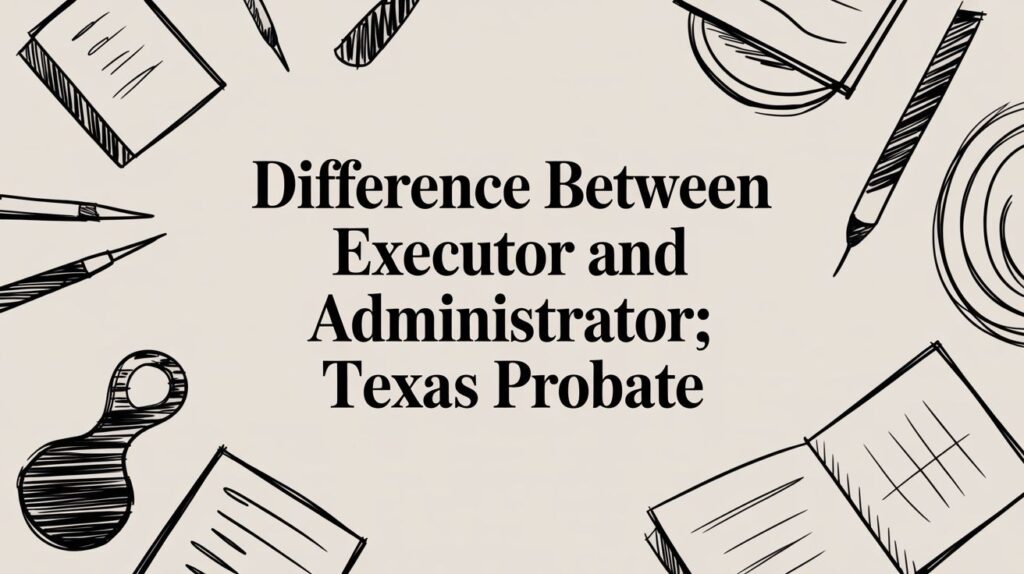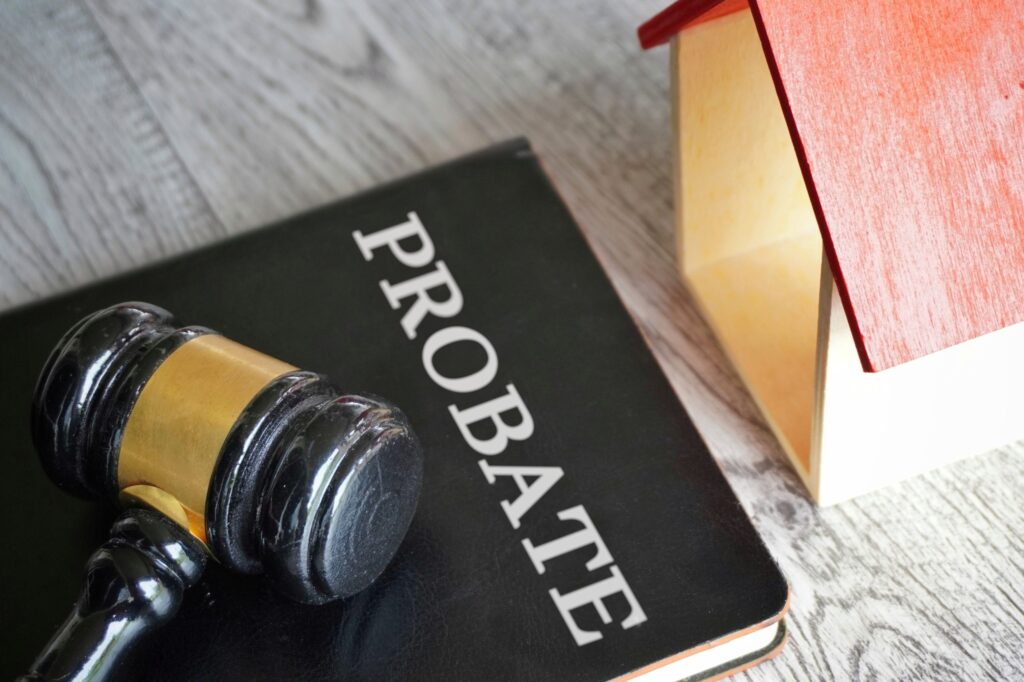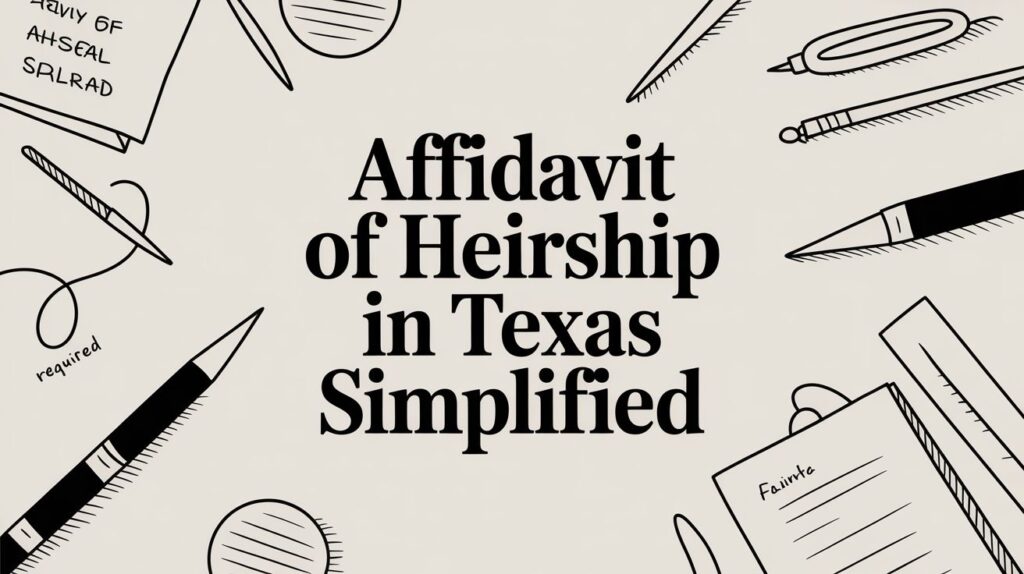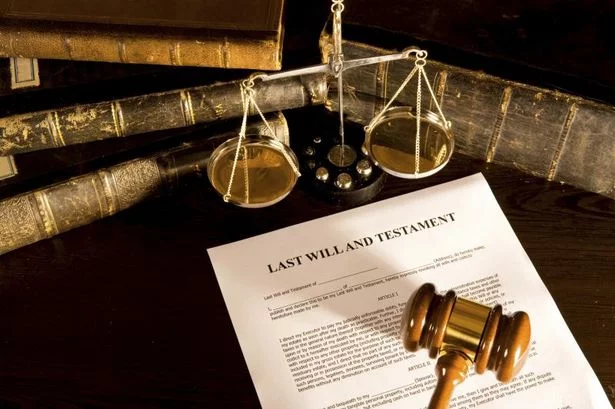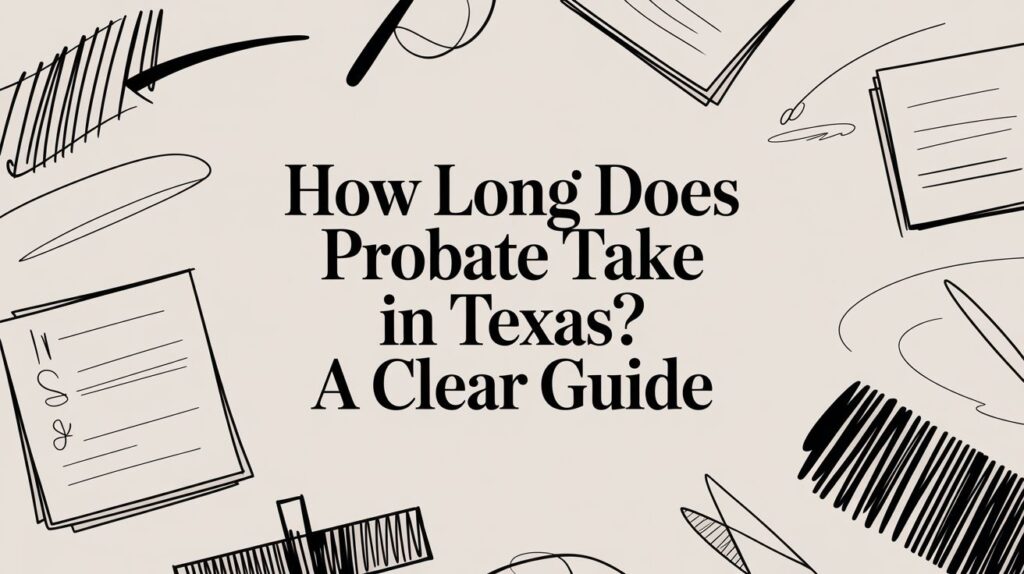When a loved one passes away or becomes legally incapacitated, one of the most emotional and legally complex issues that can arise is the question of deciding guardianship in probate court. Whether you’re stepping up to care for a minor child or looking out for an aging parent with dementia, guardianship proceedings can shape lives for years to come. While the goal of the court is to protect those who can’t care for themselves, the process of making these decisions can feel intimidating and overwhelming for everyone involved.
In this detailed and engaging guide, we’ll explore the ins and outs of understanding guardianship decisions in probate court. We’ll walk through what guardianship actually means, how it’s decided, what evidence courts rely on, and how real families have navigated these difficult moments. Our goal is to provide you with a comprehensive, human-centered explanation so you can approach probate court not just with knowledge—but with confidence and clarity.

What Is Guardianship in the Context of Probate Court?
More Than Just a Legal Title
At its core, guardianship is a legal arrangement where one person is granted the authority to make decisions on behalf of someone else—typically a minor child or an incapacitated adult.Probate courts handle these decisions when there is no will, when guardianship was not previously assigned, or when the proposed guardian is being contested.
There are two broad types of guardianship:
- Guardianship of the person – Involves making personal decisions about health care, education, and daily living.
- Guardianship of the estate – Involves managing financial affairs, including income, assets, and property.
Sometimes, one person holds both roles. Other times, they are split between different individuals.
Understanding guardianship decisions in probate court means recognizing that these decisions don’t just assign legal power—they define caregiving responsibilities for some of the most vulnerable people in our lives.
Real-Life Story: When No One Could Agree
After the unexpected passing of both parents in a car accident, 12-year-old Maya was left without a legal guardian. Two aunts from opposite sides of the family stepped forward, each claiming they were the best choice to raise her. Both were loving, responsible, and financially stable—but each lived in different states and had different religious and educational views.
Probate court became the setting for a painful but necessary decision. The judge reviewed home studies, school options, and even allowed Maya to speak privately with a guardian ad litem (an attorney appointed to represent her interests). Ultimately, the court awarded guardianship to the aunt who lived closer to Maya’s school and existing support system.
This heartbreaking case shows how deciding guardianship in probate court is rarely black-and-white—and why the court looks beyond paperwork to consider a child’s entire environment.
When Does Probate Court Get Involved?
The Triggering Events
Probate court typically becomes involved in guardianship under these conditions:
- A parent or legal guardian passes away without naming a successor.
- A minor inherits property or money and needs someone to manage it.
- An adult becomes physically or mentally incapacitated due to illness, injury, or age.
- There is a dispute over who should serve as guardian.
- Allegations arise that a current guardian is neglecting or abusing their responsibilities.
In many cases, probate court is not the first choice—it’s the last resort when no agreement can be reached privately or when prior arrangements are unclear or absent.
This is why understanding guardianship decisions in probate court is so vital. When the court is involved, decisions are out of the family’s hands and into the judge’s.
The Legal Process: How Guardians Are Appointed
Step-by-Step Through the Courtroom
The process for deciding guardianship in probate court generally involves the following steps:
- Filing a Petition – Someone (usually a relative) files a formal request for guardianship with the court.
- Serving Notice – All interested parties, including immediate family members and the proposed ward (if applicable), are formally notified.
- Court Investigation or Evaluation – Depending on the state, a court investigator or social worker may conduct interviews and home assessments.
- Hearing – A judge reviews evidence, hears testimony, and makes a final decision.
- Issuance of Letters of Guardianship – If approved, the guardian receives legal documentation granting their authority.

Keep in mind, this process can be delayed by objections, especially if multiple people seek guardianship or if someone challenges the mental fitness of the proposed ward.
Understanding this timeline and preparing for each step will give you a clearer picture of what to expect in probate court.
What Does the Court Consider When Choosing a Guardian?
It’s All About the Best Interest Standard
Probate court doesn’t just assign guardianship to whoever volunteers first. Instead, the judge applies the “best interest of the ward” standard. Here’s what that means in practical terms:
- Stability of the home environment
- Existing relationship with the ward
- Physical and mental health of the guardian
- Financial capability
- Willingness and ability to meet the ward’s needs
- Location (school, support network, healthcare access)
In cases involving minor children, courts often weigh the child’s own wishes—especially if the child is over 12. In adult guardianships, medical evaluations and psychological assessments may also be used.
This holistic approach makes understanding guardianship decisions in probate court essential for anyone preparing to step into this role.
The Role of a Guardian ad Litem
A Voice for the Vulnerable
In contested or high-stakes cases, the court may appoint a guardian ad litem (GAL). This is not a guardian in the traditional sense—it’s a neutral party (often an attorney or trained advocate) tasked with representing the best interests of the child or incapacitated adult.
The GAL’s responsibilities may include:
- Interviewing family members
- Visiting potential homes
- Reviewing medical or school records
- Submitting a report with recommendations to the judge
While the GAL doesn’t make the final decision, their input carries significant weight. Judges rely on them to provide an unbiased, child-focused perspective—particularly in emotionally charged family disputes.
If a GAL is involved in your case, cooperating fully and transparently is crucial.
Contested Guardianship: What Happens When There’s a Fight?
When Emotions Boil Over in Court
Contested guardianship cases often involve multiple parties vying for control. This could be relatives with clashing personalities, estranged family members returning after years of absence, or even accusations of misconduct.
Common disputes include:
- Disagreements over parenting style or values
- Claims of financial motive
- Allegations of abuse or neglect
- Long-standing family tension

When a case becomes contested, the judge may schedule additional hearings, request more evaluations, or even order mediation. These cases tend to take longer and be more emotionally and financially draining.
Still, the underlying goal remains the same: the court must decide based on what’s best for the ward—not what’s easiest for the adults involved.
Guardianship for Adults: A Different Set of Challenges
Protecting Those Who Can’t Protect Themselves
While most people associate guardianship with minors, many probate cases involve adults with cognitive impairments—such as dementia, brain injuries, or developmental disabilities.
In these cases, the court must decide:
- Whether the individual is truly incapacitated
- What level of guardianship is required (full vs. limited)
- Whether the proposed guardian is capable and ethical
Adult guardianship often includes additional requirements, such as:
- Medical testimony from physicians or psychologists
- Annual reports filed by the guardian
- Court reviews to ensure continued need
For families navigating aging parents or vulnerable adults, understanding guardianship decisions in probate court is critical—not only to protect loved ones but also to avoid legal complications.
Real-Life Story: Caring for Dad Through the Court
Emily’s father had early-onset Alzheimer’s and no power of attorney in place. As his condition worsened, bills went unpaid and medical appointments were missed. Emily filed for adult guardianship through probate court, but her brother opposed the petition, arguing she just wanted control over their father’s finances.
The court appointed a GAL, reviewed medical records, and ultimately ruled in Emily’s favor—but the case took 9 months to resolve.
For Emily, deciding guardianship in probate court wasn’t just about legal authority—it was about protecting her father’s dignity during a time of decline.
Alternatives to Probate Guardianship
Planning Ahead Makes All the Difference
The best way to avoid contested guardianship cases in probate court is to plan in advance. Here are a few tools that can help:
- Wills with named guardians for minor children
- Durable Power of Attorney for financial and legal decisions
- Healthcare Proxy or Advance Directive for medical choices
- Living Trusts to manage assets without court intervention

While no plan is foolproof, having these documents in place can eliminate confusion, reduce court involvement, and preserve family relationships.
Final Thoughts: Understanding Guardianship Decisions in Probate Court
Deciding who takes responsibility for a vulnerable loved one is never easy. Whether you’re petitioning to become a guardian, challenging someone else’s petition, or just trying to understand the process, one thing is clear: understanding guardianship decisions in probate court puts you in a better position to make informed, compassionate choices.
This process is not about control—it’s about care. And while the court’s job is to make the final decision, your preparation, honesty, and willingness to do what’s best can make all the difference. Probate court may feel like a cold legal system, but at its heart, it’s designed to protect the people who need it most.


